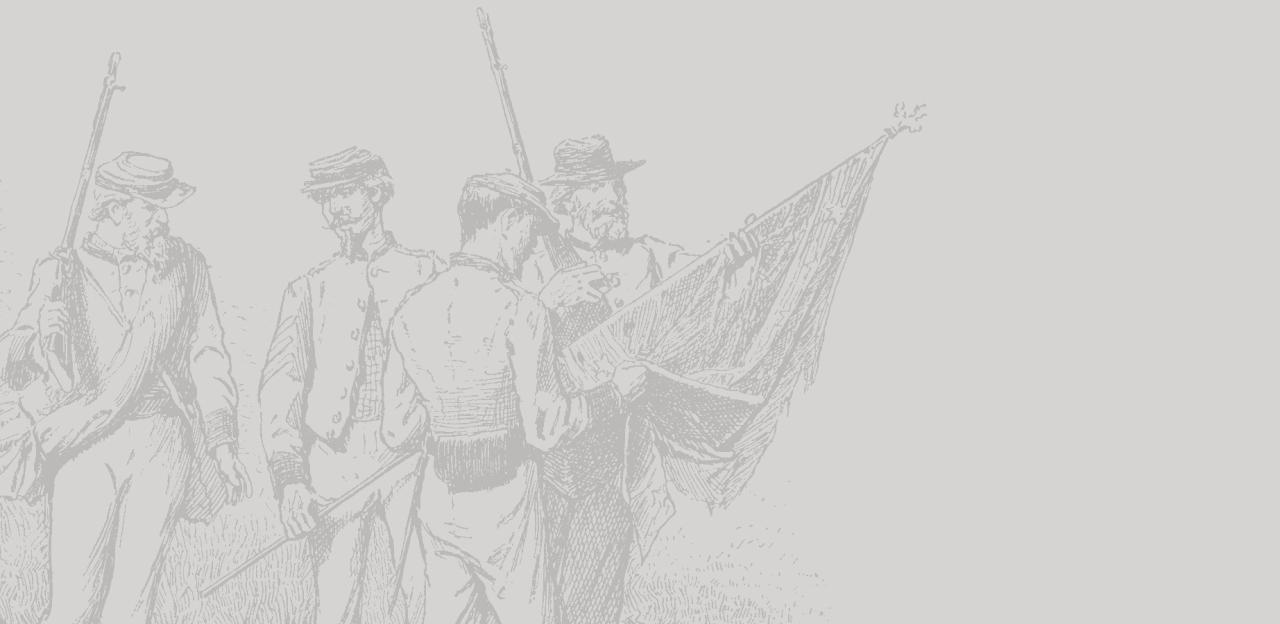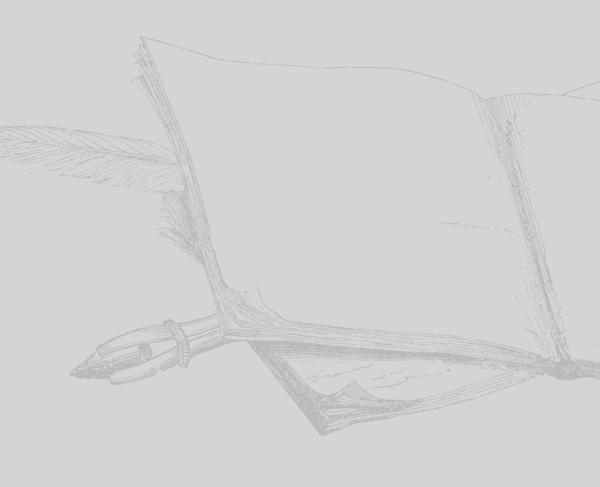Colonel G. K. Warren's Account of the Second Battle of Manassas

This account of day three of the Second Battle of Manassas was written by Colonel Gouverneur Kemble Warren of the 5th New York Infantry, who commanded a brigade during the battle. The sketch of the battle that Warren refers to is believed to be lost.
HEADQUARTERS THIRD BRIGADE, SYKES' DIVISION,
September 6, 1862.
Lieut. HEYWARD CUTTING,
Actg. Aide-de. Camp and A. A. A. G., Sykes' Division.
SIR: I take leave to present herewith a sketch of the field of action of the 30th of August, as it appeared to me, with an account of what I witnessed and the part sustained by my brigade, consisting of the Fifth New York Volunteers, about 490 strong, and the Tenth New York Volunteers about 510 strong. Different parts of the sketch are referred to by means of the letters of the alphabet. It must be kept in mind that I make this sketch from my own points of view. The distance between the ruled lines represents 100 yards.
As a starting point I will state the position of affairs just before the attack was made in front by General Butterfield. His skirmishers had driven the enemy out of the woods at A, and he occupied the vicinity with his whole force. The First and Second Brigades of Sykes' division were between him and O. My brigade was at M, and Smead's and Randol's batteries in the road near me. General Reynolds' division held the woods, G, with a rifled-gun battery at G. All our other forces in sight were to the right and rear of these. I knew the enemy was in the woods and on the high ridge from the point F all around toward our right as far as C C, but high authority reported him retreating, and that this was only his rear guard. While General Butterfield was making his disposition to assault the enemy at C, General Reynolds' troops and rifled battery were all withdrawn from G and sent farther to our left at some point, as I, the enemy's rifled battery at C firing at the last of his troops making this movement. Hazlett's rifled battery was at the same time executing an order from General Porter to take up a position at G with the other and open on the enemy at C, so as to assist Butterfield's contemplated assault. This battery was then without support and our whole left flank was uncovered. I immediately assumed the responsibility of occupying the place Reynolds' division had vacated, and made all the show of force I could. For this purpose I deployed three-fifths of the Tenth New York Volunteers to hold the edge of the woods toward the enemy on our left, and keeping the Fifth New York Volunteers in reserve near H, out of view of the enemy's battery at C. Notice of this movement of mine I immediately sent by an officer to General Sykes or General Porter. He found the latter, who directed me to hold on, and sent me mounted orderlies to keep him informed. He was, I believe, near the point N, where Weed's battery was placed. From the point G I probably had the best view of what followed that the battle-field presented.
As soon as General Butterfield's brigade advanced up the hill there was great commotion among the rebel forces, and the whole side of the hill and edges of the woods swarmed with men before unseen. The effect was not unlike flushing a covey of quails. The enemy fell back to the line of the railroad, and took shelter on the railroad cut and behind the embankment and lined the edges of the woods beyond. Butterfield's advance beyond the brow of the hill B was impossible, and taking his position his troops opened fire on the enemy in front, who from his sheltered position returned it vigorously, while at the same time a battery, somewhere in the prolongation of the line E B, opened a most destructive enfilading fire with spherical case-shot.
It became evident to me that without heavy re-enforcements General Butterfield's troops must fall back or be slaughtered, the only assistance he received being from Hazlett's battery, which I was supporting, and Weed's, near N. After making a most desperate and hopeless fight General Butterfield's troops fell back, and the enemy immediately formed and advanced. Hazlett's battery now did good execution on them, and forced one column, that advanced beyond the point of the wood at A, to fall back into it. Unwilling to retire from the position I held, which involved the withdrawal of this efficient battery and the exposure of the flanks of our retreating forces, I held on, hoping that fresh troops would be thrown forward to meet the enemy, now advancing in the open fields well knowing, however, that my position was one from which I could not retreat in the face of a superior force.
Reynolds' division on my left, probably aware of the superior force of the enemy gathering in his front, fell back from I toward P. The enemy advanced with rapidity upon my position, with the evident intention of capt Hazlett's battery. The Tenth New York was compelled to fall back, scarcely arriving at the position held by the Fifth New York before the enemy, and in such a manner as to almost completely prevent the Fifth from firing upon them. While I was endeavoring to clear them from the front the enemy in force opened fire from the woods on the rear and left flank of the Fifth with most fearful effect. I then gave the order to face about and march down the hill, so as to bring the enemy all on our front, but in the roar of musketry I could only be heard a short distance. Captain Boyd, near me, repeated the command but his men only partially obeyed it. They were unwilling to make a backward movement. He was wounded while trying to execute it. Adjutant Sovereign carried the order along the line to Captain Winslow, commanding the regiment, and to the other captains, but was killed in the act. Captain Winslow's horse was shot. Captain Lewis, acting field officer, was killed. Captain Hager was killed. Captains McConnell and Montgomery were down with wounds, and Lieutenants Raymond, Hoffman, Keyser, and Wright were wounded. Both color-bearers were shot down, and all but four of the sergeants were killed or wounded.
Before the colors and the remnant of the regiment could be extricated 298 men of the Fifth and 133 of the Tenth New York were killed or wounded.
In the Tenth New York Lieutenant Hedden was killed, and Captain Dimmick. Lieutenant Dewey? Lieutenant Mosscrop, and Lieutenant Cuilhane wounded. The colors of both regiments were brought off, and the batteries we were protecting were withdrawn.
We assisted from the field 77 wounded of the Fifth and 8 of the Tenth. The remainder fell into the hands of the enemy. Among these were Captains Boyd, McConnell, and Montgomery, and Lieutenants Wright and Raymond, of the Fifth, and Captain Dimmick, Lieutenants Moss-crop and Dewey, of the Tenth. Braver men than those who fought and fell that day could not be found. It was impossible for us to do more, and, as is well known, all the efforts of our army barely checked his advance.
Very respectfully, your obedient servant,
G. K. WARREN,
Colonel Fifth New York Vols., Comdg. Third Brigade.
Related Battles
14,462
7,387


